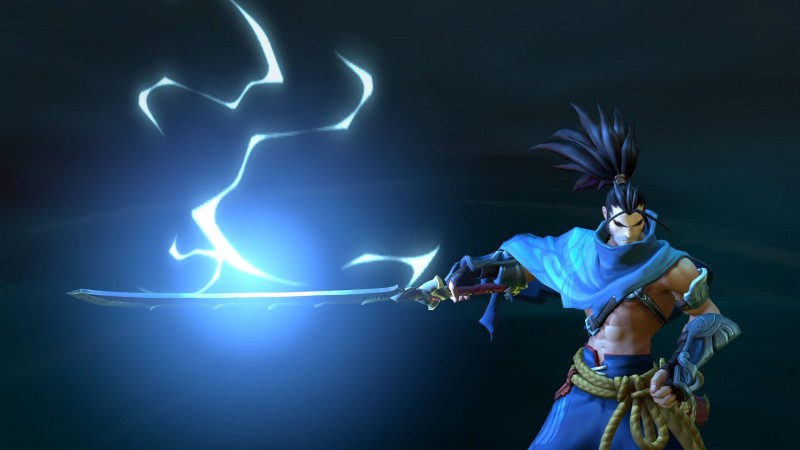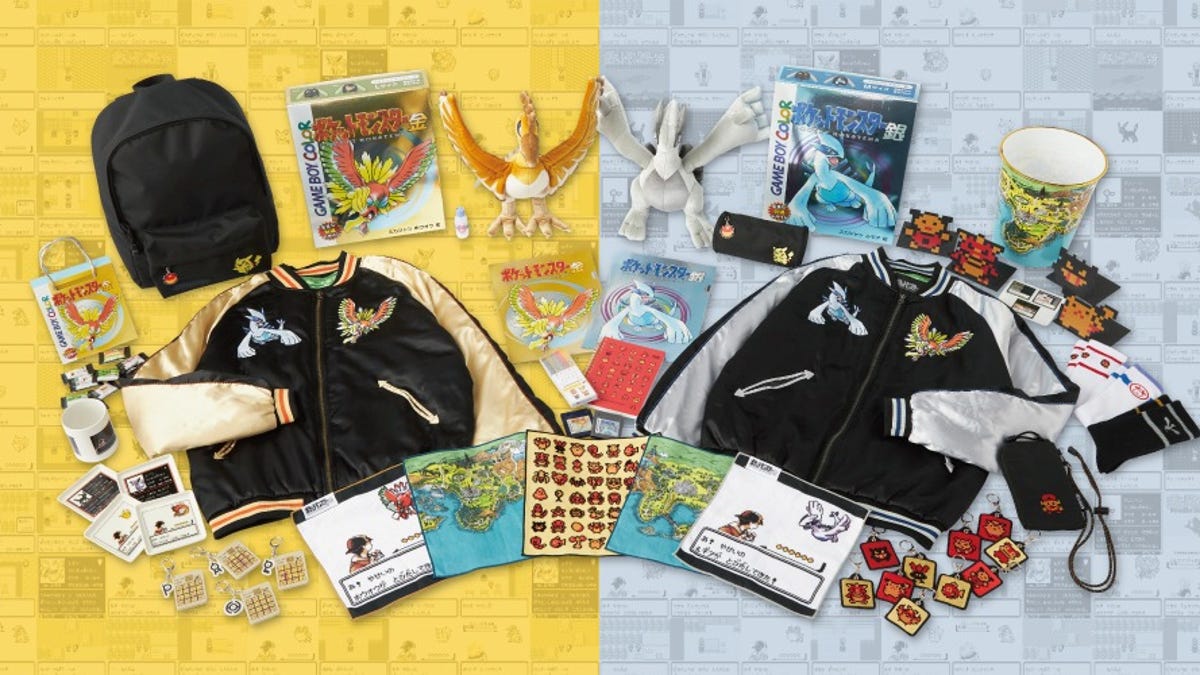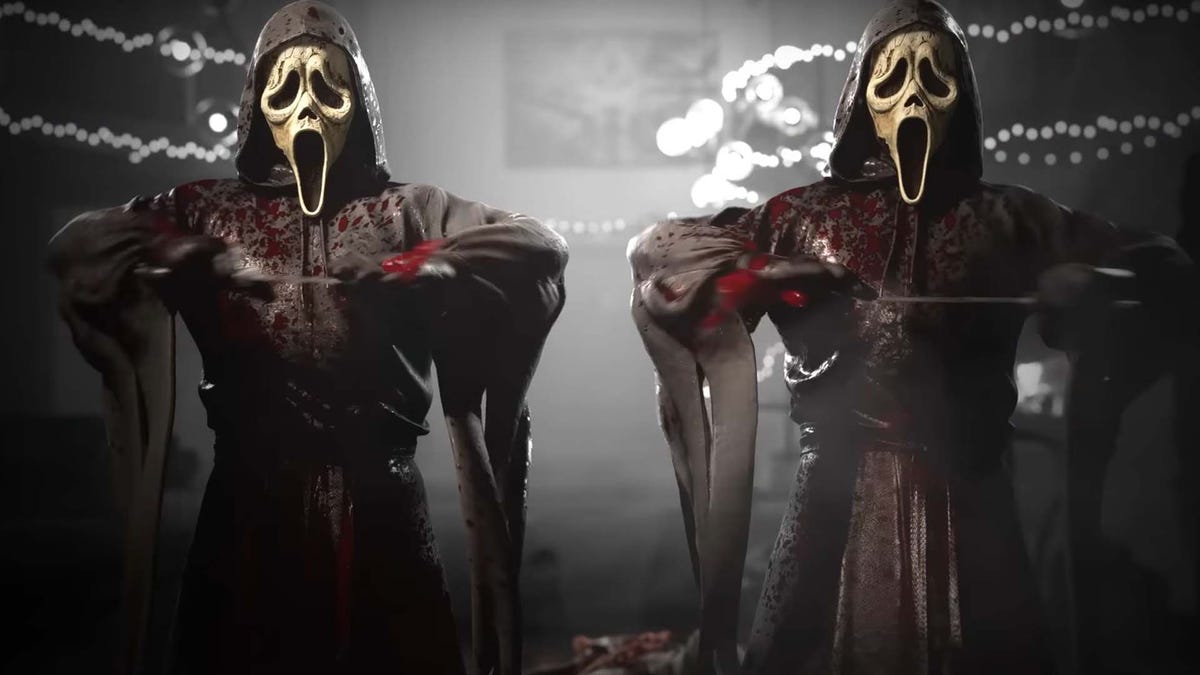Even twelve years after its initial release, League of Legends remains at the top of the esports pantheon as one of the most popular competitive games in the world. Ruined King: A League of Legends Story takes some of the notable characters from the popular MOBA into an entertaining, if overly lengthy, role-playing experience. Skill-based progression, explorable hubs, and turn-based combat could instantly delight fans of developer Airship Syndicate’s debut project, Battle Chasers: Nightwar. However, the implementation of these features in Ruined King is often mediocre. Still, the overall package is an adequate single-player alternative to the multiplayer-centric titles from Riot.
Unfortunately, the verdant prairies of Runeterra are missing from Ruined King. Instead, I spent several hours mainly traversing the port city of Bilgewater and its neighboring region, the Shadow Isles, trying to find and defeat unforgettable antagonists. These locations are home to vicious pirates, ferocious beasts, and restless ghosts. Ruined Kings washed-out gray and sickly green parallel to somber motifs such as vengeance, greed and displacement. But after several hours of retracing my steps through the same shady caves and desolate harbors, that subdued taste of color took its toll; the many marketplaces and temples became more lifeless and boring.
That’s a shame, because the cast – Miss Fortune, Illaoi, Braum, Yasuo, Ahri and Pyke – have fun and different personalities. Silly banter and tense disagreements between protagonists keep the predictable narrative of Ruined King interesting. Each legend interacts differently with the game world, which makes for some exciting interactions. Pyke’s experience as a harpooner allows him to dive into deep waters to reach hidden passages. At the same time, I shoot Ahri’s magical spheres from different angles to activate switches that are far away or to solve environmental puzzles. These skills have always been valuable, especially when searching dungeons for rare equipment and lore documents. Of course, collectibles weren’t the only things that awaited me when completing main and side quests.
Most areas are home to a bevy of enemies, from long-bearded undead warriors to stone giants, and fighting these monsters helped offset the uninspired level design. When a fight begins, an “initiative bar” at the bottom of the screen shows the turn order, but a “lane” system – inspired by League of Legends mechanics – spices up the formula by allowing characters to follow up on the initiative bar to move up or down as you like. A sword blow or a magical explosion from the speedlane hits earlier with reduced damage. Conversely, it takes longer to activate shots or shield blows from Power Lane, but they are particularly devastating. “Zones” that appear along the bar have the ability to apply buffs or debuffs, so using lanes to maintain or avoid these random conditions adds even more depth to the action. While I wish the enemies were more challenging, the clever rhythm of Ruined King’s lane system made me keep looking for brawls.
I loved using Braum’s “Stand behind me” ability in Power Lane to throw powerful shields at the entire group. And when I didn’t feel like waiting for a lane skill, I relied on standard attacks for instant satisfaction. An Ultimate gauge builds up throughout combat, and activating these super abilities often meant the difference between killing a beefy boss or losing the fight entirely. Unfortunately, I couldn’t replace group members in or out of combat, which didn’t allow for much experimentation with the list. Also, in multiple combat scenarios, I felt like I was being punished for any tactic that didn’t involve the typical healer- or tank-focused lineup. Traveling quickly to a rest stop to share emergencies and fix this problem has been a constant disruptor.
Defeated opponents drop gold and, above all, materials that they can spend on weapon and armor enchantments. I have collected an impressive number of enchantment recipes while off the beaten path and my martial arts have benefited from them versus the second half of Ruined King. I changed my gear often to increase the critical strike rate, so my katana-wielding Yasuo and weapon-carrying Miss Fortune had decent attack numbers. I also earned skill points for leveling my group (experience points are shared) that I would use to bolster the standard and lane powers. “Rune Shards” were also distributed every couple of levels and, once equipped, funny modifiers were introduced that buffed stats of my choice like Illaoi’s healing or Pyke’s evasion. I appreciated having lots of routes to upgrade my favorite fighters and customize their respective kits.
Ruined King is a conventional RPG set in the League of Legends universe with an exciting lane system that intelligently reconstructs the standard turn-based loop. Still, a forgetful story of good versus evil and repetitive backgrounds are obvious drawbacks. The action and imaginative characters do their best to make the 20-30 hour long game play enjoyable. However, players who are not yet fans of the flagship Riot Games franchise should skip this entry.








